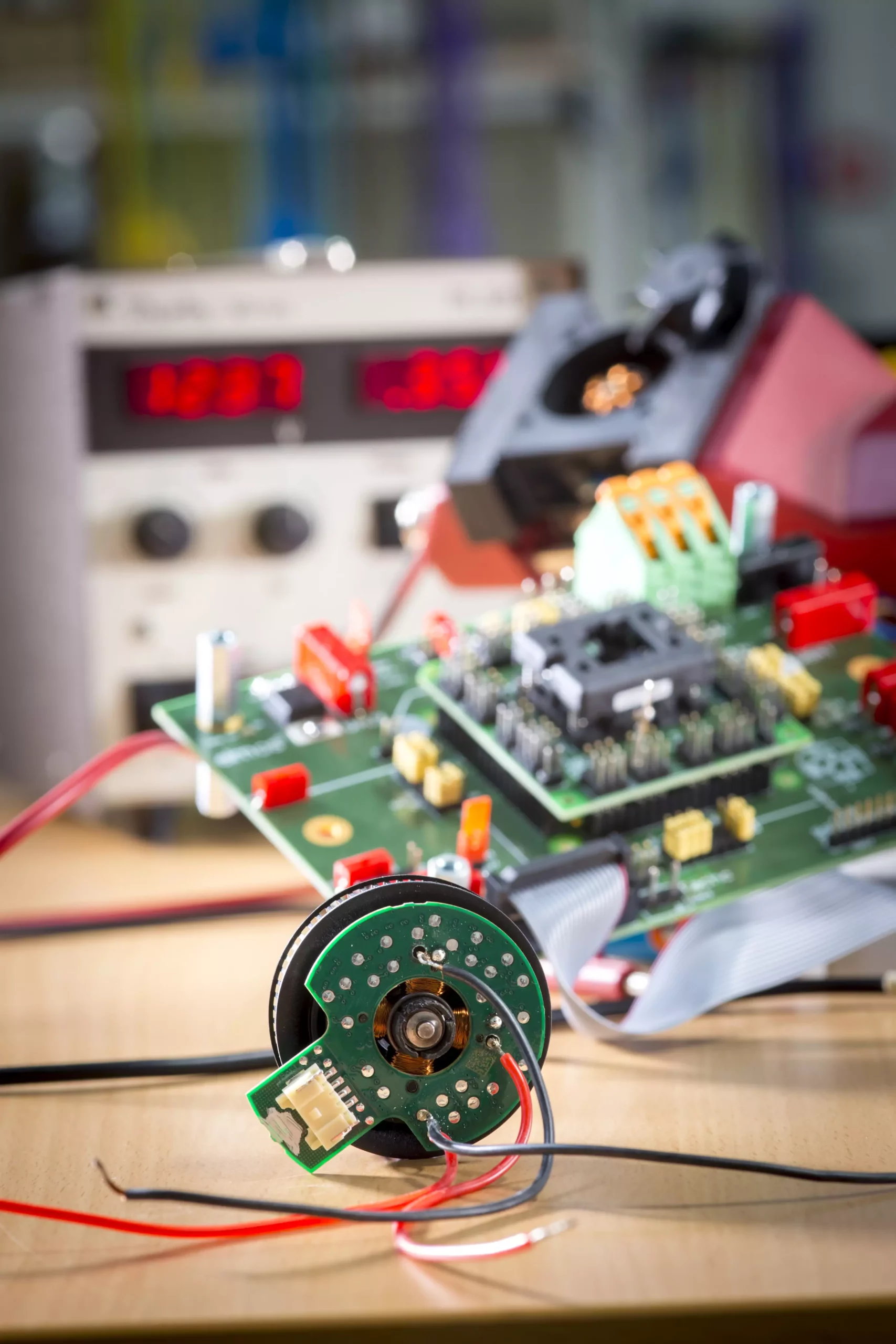

Small electric motors are ubiquitous in our daily lives, seamlessly integrated into a variety of household appliances, tools, and even the vehicles we drive. These compact devices power everything from your kitchen mixer to the cooling fans in modern cars. While each motor may only consume a small amount of energy independently, when considered collectively, they represent a significant opportunity for energy savings. Recent advancements in the design and technology of these motors have sparked renewed interest in harnessing their potential for greater efficiency.
A particular research initiative, spearheaded by Annette Mütze at Graz University of Technology, has highlighted the potential of brushless drives specifically designed for applications like pumps and fans. The research team focused on integrating innovative designs, improved control methods, and cutting-edge manufacturing techniques. This resulted in the creation of new brushless motors that not only consume less energy but operate with reduced noise and weight compared to conventional designs. Such improvements could redefine how we perceive energy efficiency in everyday devices.
A standout feature of Mütze’s research is the innovative handling of “cogging torque,” a common issue in electric motor operation. By strategically skewing and slotting the claws of the motor, the research team effectively minimized the undesirable engagement of these components. This alteration, which surprisingly does not increase production costs, leads to a remarkable reduction in vibrations, thus enhancing the overall performance and lifespan of the motor. Cutting down noise levels by 70% is no small feat and signifies a huge leap towards quieter and more user-friendly appliances.
The team also addresses a critical component in motor efficiency—current regulation. Traditional pulse width modulation (PWM) that manages motor current often involves complex switching operations, resulting in energy losses. Mütze’s development adopts a groundbreaking method whereby the drive is toggled on and off only once per desired current pattern. This remarkable simplification means that the motors experience significantly reduced energy consumption related to switching losses, particularly at lower current levels. Enhancements in operational efficiency of this nature are essential for moving toward a future of energy-conscious design.
In an exciting twist, the research introduces the concept of printed circuit board (PCB) motors. In this development, the essential magnetic windings are designed as PCB components, paving the way for highly automated production processes. By integrating 3D-printed ferrite cores into these circuit boards, the motors can more effectively guide magnetic flux. This innovative approach not only enhances performance but also allows the team to utilize lower-cost ferrite magnets. The dual benefit of cost reduction and efficiency enhances the feasibility of widespread implementation in consumer products.
The advancements in small electric motor technology spearheaded by Mütze’s research team could have far-reaching implications across multiple industries. As energy efficiency becomes an increasingly pressing concern globally, the transition to upgraded motor designs could facilitate significant reductions in energy consumption across homes, workplaces, and automotive applications. Furthermore, the integration of quieter motors can improve the quality of life in urban areas, leading to more serene environments free from the hum of inefficient machinery.
The innovations stemming from Graz University of Technology’s research not only signify a profound advancement in the design and efficiency of small electric motors but also reflect a broader commitment to sustainable technology. As manufacturers and consumers strive for energy-efficient alternatives, the insights provided by Mütze’s research represent a critical step forward. The blend of enhanced performance, reduced production costs, and sound reduction stands to reshape our expectations of electric motors in the modern world. These developments underline a hopeful future where technology serves not just functionality but also responsibility towards our planet.
In the realm of software development, the ability to swiftly and accurately address bugs is…
The realm of quantum computing and communication is not just an abstract dream anymore; it…
In a remarkable leap for the field of material science, a collaborative research initiative has…
Throughout Earth's vast history, our planet has endured five major mass extinction events that reshaped…
Rainfall is a vital element of our planet’s hydrological cycle, yet many aspects of its…
On a night when the universe aligns, a mesmerizing phenomenon awaits: the appearance of the…
This website uses cookies.